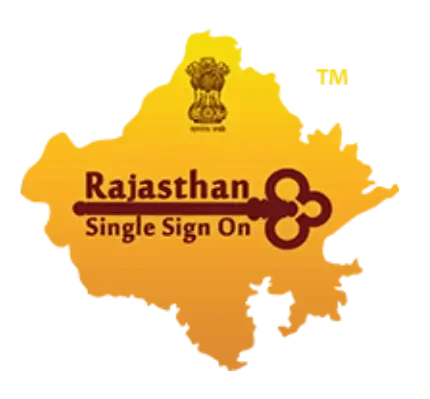Understanding the SSO Portal in Rajasthan
The Single Sign-On (SSO) portal in Rajasthan serves as a pivotal online platform designed to facilitate seamless access to a multitude of services provided by the state government. This innovative system aims to streamline the user experience by allowing citizens to access various government services with a single set of login credentials. The SSO portal encapsulates the essence of convenience, catering to the diverse needs of the populace and significantly enhancing the efficiency of service delivery.
At its core, the SSO system centralizes access to an array of essential services, eliminating the need for multiple, disparate logins that can often lead to confusion and frustration. By integrating services into a singular interface, the SSO portal not only improves accessibility but also promotes a cohesive experience for users. This holistic approach enables citizens to navigate through various options effortlessly, ensuring a user-centric design that prioritizes ease of use.
Among the significant advantages of the SSO portal is its role in modernizing public service delivery. By reducing the complexity associated with governmental processes, the system empowers users to engage more readily with available services. The portal encompasses a vast range of offerings, from educational resources and health services to essential government applications. Such diversity illustrates the comprehensive nature of the SSO portal, serving as a one-stop solution for multiple needs.
In this digital age, the SSO portal demonstrates the commitment of the Rajasthan government to enhance the efficiency and effectiveness of its service delivery framework. By embracing technology and adopting user-friendly features, the state effectively addresses the needs of its citizens while fostering a digital-first approach in governance.
Accessing the SSO Login Portal in Rajasthan
To effectively access the SSO portal in Rajasthan, users must first complete the registration process. This can be initiated by visiting the official SSO website. On the homepage, look for the registration link, which typically reads “Register” or “Sign Up.” Clicking this link will direct you to the registration form. Users are required to provide essential information such as their name, date of birth, and a valid mobile number. After filling in the details, a One-Time Password (OTP) will be sent to the registered mobile number for verification. Upon entering the OTP, users will be prompted to create a unique username and password which will be utilized for future logins.
Once registered, users can proceed to log in. Access the SSO website again and click on the “Login” button. Enter your username and password in the designated fields. After validating the credentials, click on “Submit.” The system will log you in, granting access to various online services available on the platform.
While using the SSO portal, users may occasionally encounter issues such as forgotten passwords or account access problems. In such cases, the portal provides a “Forgot Password” option, allowing users to reset their passwords by verifying their identity through the registered mobile number. Additionally, for technical issues or concerns, a dedicated helpline or support section is usually available on the website to assist users.
Security is a priority within the SSO system, ensuring user data is protected through encryption and secure login protocols. Regular updates and maintenance help safeguard against potential threats. For an enhanced user experience, it is advisable to keep your login credentials confidential and to log out after completing transactions. Familiarizing oneself with the portal’s organization will further aid in efficiently navigating the site and maximizing the plethora of services accessible through the SSO system.


